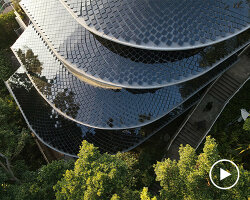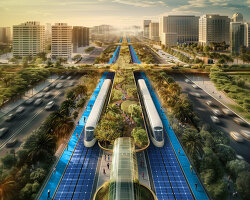KEEP UP WITH OUR DAILY AND WEEKLY NEWSLETTERS
PRODUCT LIBRARY
martin gomez arquitectos brings japanese design influences to coastal uruguay with this boji beach house.
the minimalist gallery space gently curves at all corners and expands over three floors.
kengo kuma's qatar pavilion draws inspiration from qatari dhow boat construction and japan's heritage of wood joinery.
connections: +730
the home is designed as a single, monolithic volume folded into two halves, its distinct facades framing scenic lake views.
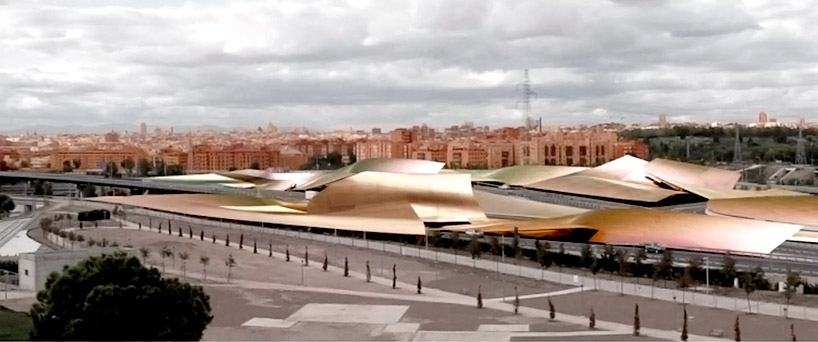
 hexagonal solar skin
hexagonal solar skin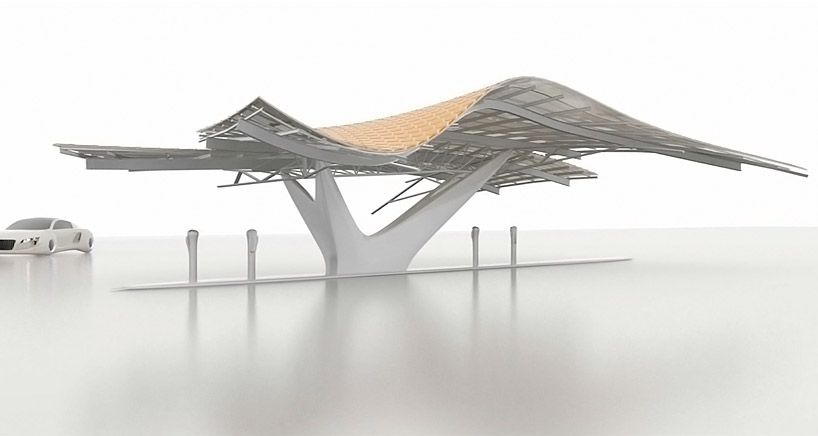 charging station
charging station detail of hexagonal cells
detail of hexagonal cells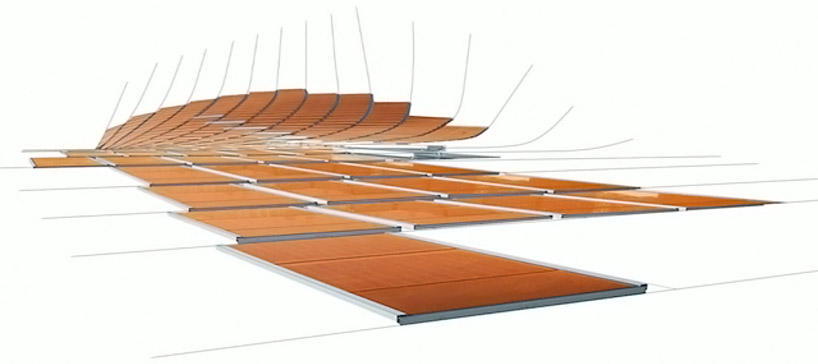 process image of solar powered cells being placed on a wire frame
process image of solar powered cells being placed on a wire frame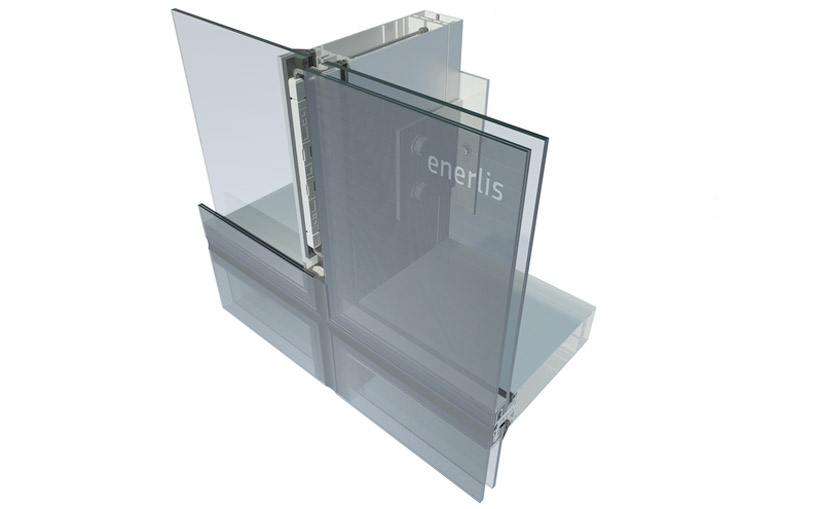 single
single  a section of a solar curtain wall as it is being assembled
a section of a solar curtain wall as it is being assembled 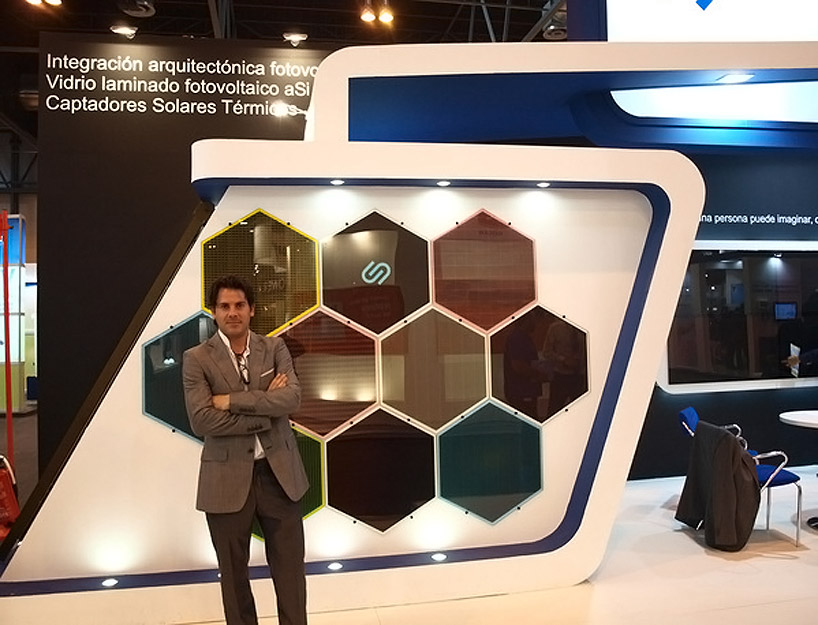 architect martín ferrero by a display showing the variety of colors and pattens in which the glass can be manufactured
architect martín ferrero by a display showing the variety of colors and pattens in which the glass can be manufactured glass produced by
glass produced by 
